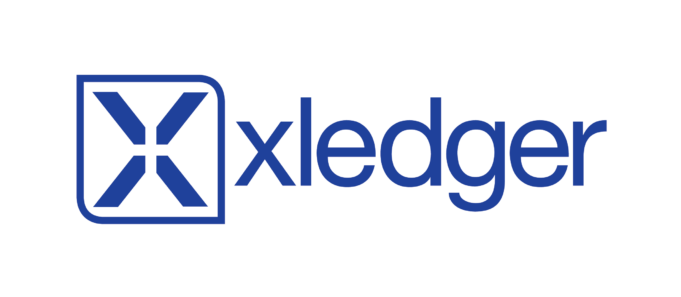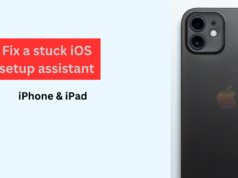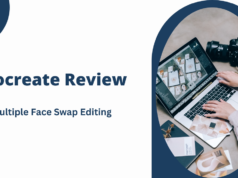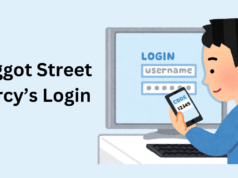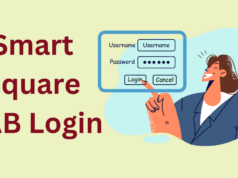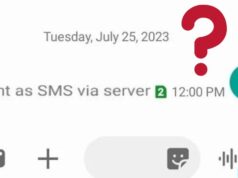APIs, commonly known as Application Programming Interfaces, have evolved to become the foundational framework for contemporary software applications. They facilitate seamless communication and data sharing between different software components. Xledger, a prominent cloud-based financial management software, boasts a powerful API that empowers businesses to seamlessly integrate their financial data with various applications and systems. In this extensive guide, we will delve deep into the realm of Xledger API documentation, shedding light on its nature, utilization, and the possibilities it offers for enhancing the efficiency of your financial operations.
Understanding the Xledger API
The Xledger API comprises a collection of guidelines and procedures that enable external systems, such as other software applications or tailored scripts, to engage with Xledger’s financial management platform. This interaction encompasses a wide array of operations, including the retrieval of financial data, record modifications, and the automation of tasks.
Why Xledger API Documentation Matters
1. Seamless Integration
Xledger API documentation is crucial for businesses aiming to seamlessly integrate their financial data with Xledger. It enables you to connect Xledger with other software tools, creating a unified and efficient workflow.
2. Customization
Having access to the API allows you to personalize your interactions with Xledger. This entails adapting the system to align with your unique requirements, automating repetitive tasks, and enhancing the efficiency of your financial procedures.
3. Real-time Data
Through the API, you can retrieve up-to-the-minute financial data directly from Xledger. This capability is of immense value as it empowers you to make well-informed decisions and ensures that your financial records remain current and accurate.
Getting Started with Xledger API Documentation
To begin using the Xledger API, you’ll need to follow these essential steps:
1. Obtain API Access
First, you’ll need to ensure that your Xledger subscription includes API access. If you’re unsure or need to make adjustments to your subscription, contact Xledger support.
2. Access the Documentation
Xledger provides comprehensive API documentation that serves as your guide to using the API effectively. You can typically find this documentation in the developer resources section of the Xledger website.
3. Authentication
Before you can make API calls to Xledger, you’ll need to authenticate your requests. This usually involves generating API keys or tokens, which act as your credentials.
4. Explore Endpoints
Endpoints are specific URLs or routes that correspond to different functions within Xledger. These endpoints allow you to perform actions like retrieving invoices, creating journal entries, or updating customer records.
5. Make API Calls
With your authentication in place and a clear understanding of the available endpoints, you can start making API calls. These calls are HTTP requests that follow the protocols outlined in the documentation.
6. Handling Responses
Xledger’s API will respond to your calls with data or status messages. It’s essential to understand how to interpret these responses to ensure your integration works as intended.
Common Use Cases for the Xledger API
The Xledger API presents a diverse array of opportunities to enhance your financial management procedures. Below are some prevalent application scenarios:
1. Automated Data Entry
The API can be employed to streamline the input of financial data into Xledger, such as configuring a script to automatically import daily sales data from your e-commerce platform as an illustration.
2. Real-time Reporting
Retrieve real-time financial information from Xledger to produce tailored reports and dashboards. This guarantees that your decision-making process relies on the freshest and most current data available.
3. Integration with CRM Systems
Integrate Xledger with your Customer Relationship Management (CRM) system to streamline your sales and financial processes. This can include automatically creating invoices when deals are closed.
4. Expense Tracking
Automate the tracking of expenses by integrating your expense management system with Xledger. This simplifies the reimbursement process for your employees.
5. Custom Workflows
Create custom workflows that trigger specific actions in Xledger based on events in other systems. For instance, you might automate the approval process for purchase orders.
Best Practices for Using the Xledger API
To make the most of the Xledger API, consider the following best practices:
1. Thoroughly Read the Documentation
Start by reading the API documentation thoroughly. Understanding the available endpoints and how to authenticate your requests is essential.
2. Test in a Sandbox Environment
Before implementing any integrations in your production environment, use a sandbox or test environment to ensure everything works as expected without affecting your live financial data.
3. Monitor and Maintain
Monitor your API integrations regularly. Set up alerts for any unexpected issues and perform routine maintenance to keep your integrations running smoothly.
4. Security
Implement robust security measures to protect your API credentials and the data being exchanged. Use encryption and follow security best practices.
Conclusion
The Xledger API offers a gateway to streamlining your financial management processes. By comprehending the API documentation, adhering to recommended procedures, and delving into typical application scenarios, you can unlock the complete spectrum of Xledger’s capabilities. Whether your goal is to streamline data input, gain access to real-time reports, or establish connections with other corporate systems, the Xledger API stands as a potent instrument for enhancing the efficiency of your financial processes. With more info, you’ll be able to navigate the world of software development.






